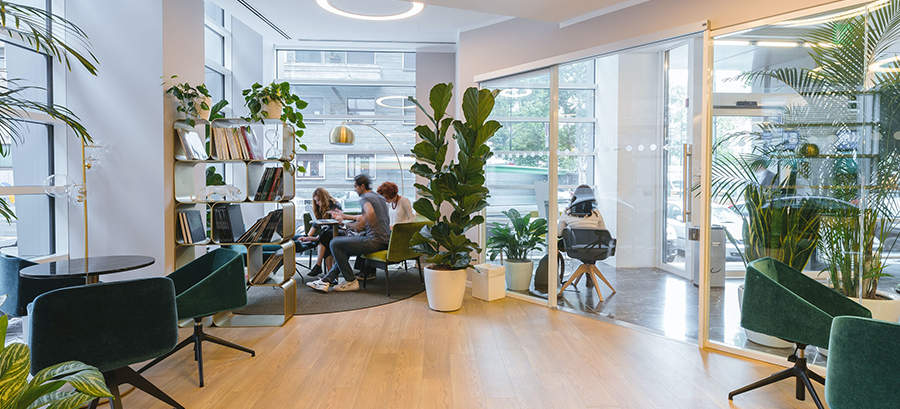In studying workplace culture and analyzing trends for the future, I’ve learned that there are two things that people hate:
change,
and the way things are.
That puts us in a tough spot, doesn’t it?
Similar to rush-hour gridlock, many people would agree that standing still is not human nature. Even though we tend to prefer momentum, the current environment has seen accelerated change at unprecedented speed which for many, can be just as distressing as rush-hour traffic, in the rain, with an overfull bladder. With ‘business as usual’ being thrown out the door, and a new normal starting to settle, how is it that we can truly get the most out of our time at home while still maintaining productivity (and our sanity)?
Consider making a series of one-degree shifts
What is a one-degree shift? A one-degree shift is the smallest viable change we can make to reduce friction. So if, like me, you’d like to be experiencing a little less friction right now, here is a simple One-Degree Shift framework broken into five steps:
1. Where is there friction?
2. What should I be doing about it?
3. Where is it going wrong?
4. Where is it really going wrong?
5. What is the smallest viable change I can make to reduce friction?
Let’s walk through this together.
Yesterday I was noticing that my productivity was dropping around 11:00AM. I was distracted, visiting too many mindless click-bait websites and ended up looking at the clock and seeing that an hour had already passed. The friction? I was losing key hours in the day to get things done. My natural solution was to take a break. I got up to stretch my legs and go for a quick walk; that’s what I thought I was supposed to do about it.
The problem though, is that when I sat down again, I couldn’t help but to revert back to the same click-bait habit, scroll the same news sites and suddenly I found myself sucked back into the mindless stories distracting me from work. With this unproductive cycle repeating itself, I felt frustrated, mad, and had nobody to blame but myself I was losing precious hours of the day. Going for a walk to clear my mind hadn’t done the trick and I was feeling stuck. Perhaps because I wasn’t really clearing my mind at all. With all of the craziness going on, it was too difficult to relax my brain and refocus. So, when I asked myself where this friction was really coming from (asking the question again), I realized that I felt the need to be watching the news minute-by-minute. Now that I knew where the friction was really coming from, I was able to come up with my smallest viable change: BLOCK those websites for certain hours of the day. I don’t know about you, but when my phone is beside me, I have a tendency to check it ALL the time. In contrast, when I leave my phone in another room, I’m able to break the pattern. This BLOCK had the same impact.
By simply making a one-degree shift and blocking a few websites, I was able to regain my productivity, reduce friction, and get a big part of my day back.
In these trying times, friction isn’t going to stop; it’s something we all deal with, whether it’s brought on by changes at home, at work, or out the world. Like you, I’m inevitably going to experience new friction. I don’t know where it is going to come from and I don’t know what I’m going to do about it. What I do know though, is that if I can figure out what I’m supposed to be doing, where that is going wrong, and what the smallest viable change I can make is, that I can deal with this new normal issue by issue, day by day, and ensure that some of my best work is still yet to come.
More posts
Given the Pandemic, There is Currently Something More Important Than Our Company ‘Why’
Over the past months, the pandemic has dominated the headlines. Greta Thunberg and the acute…
Most of us can vividly recall the nervous feeling right before our teachers would take…
More Than Just an Office: The Potential of the Workplace of Today
“I just want things to go back to normal.” Perhaps you have either heard or…



